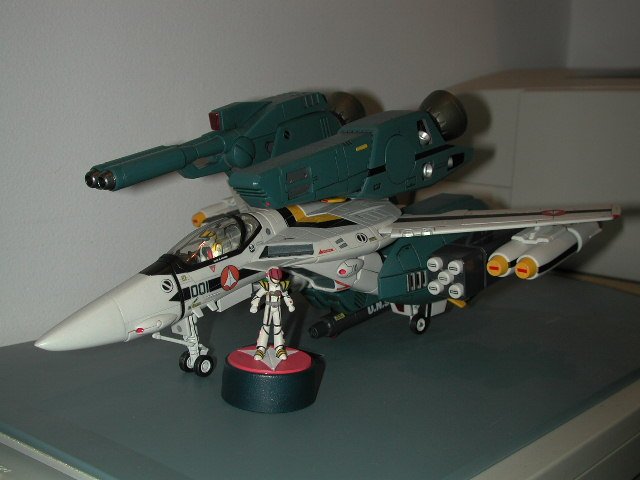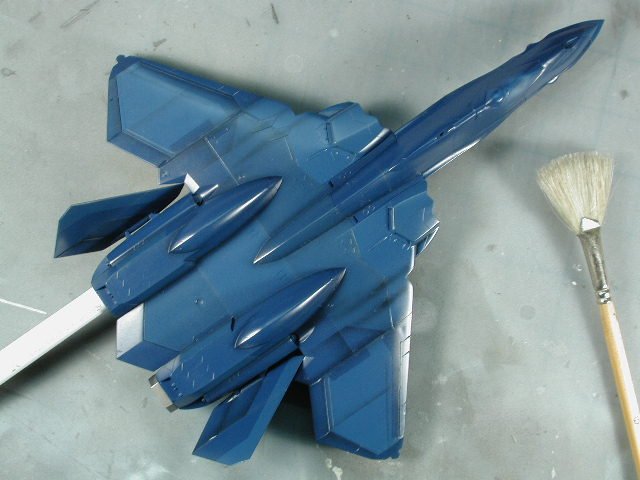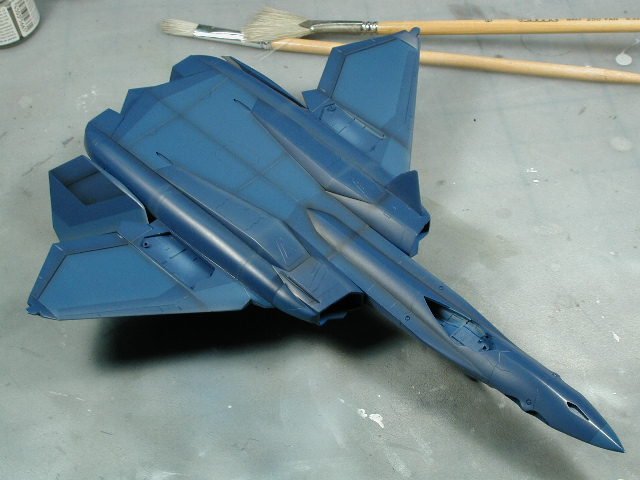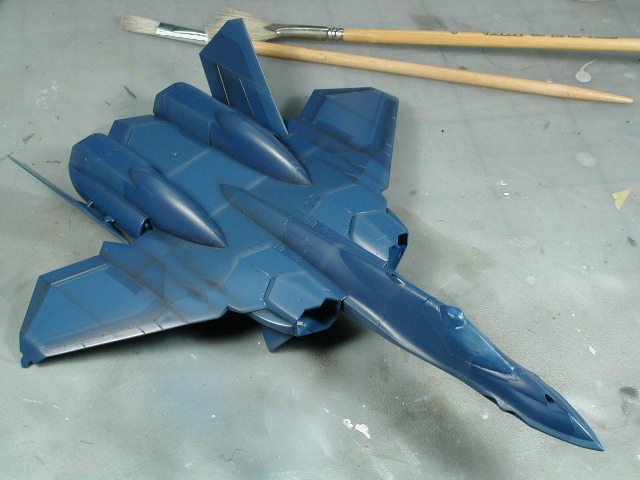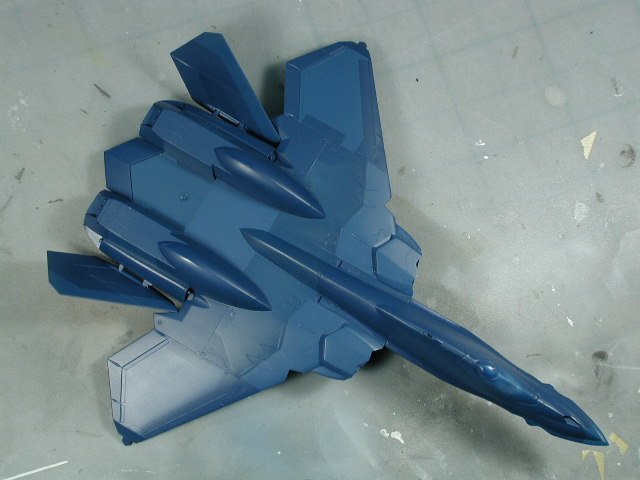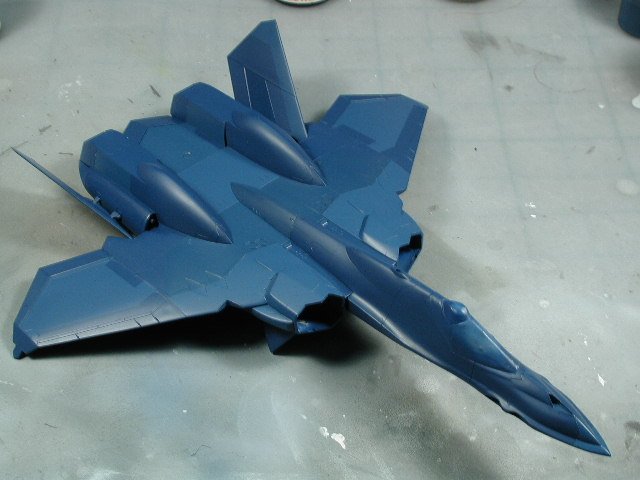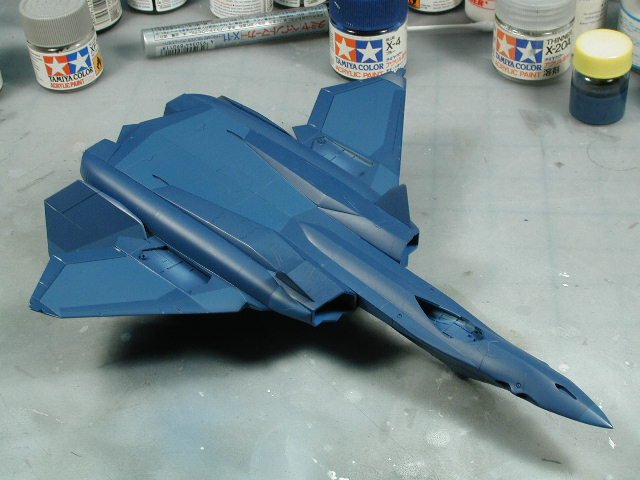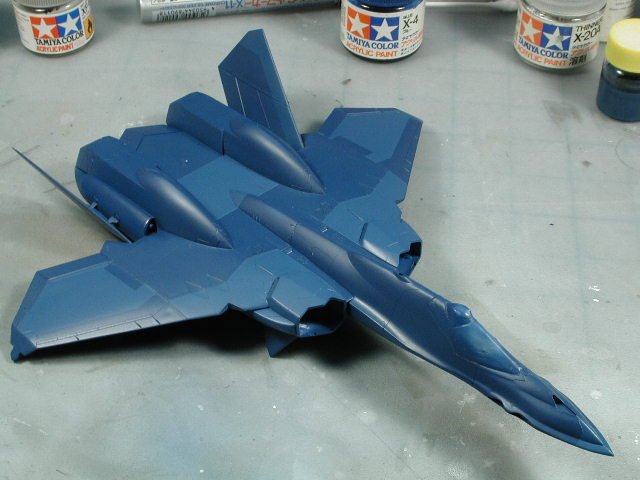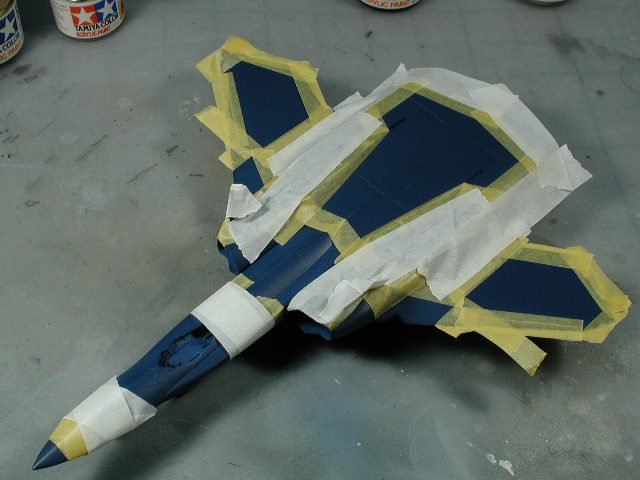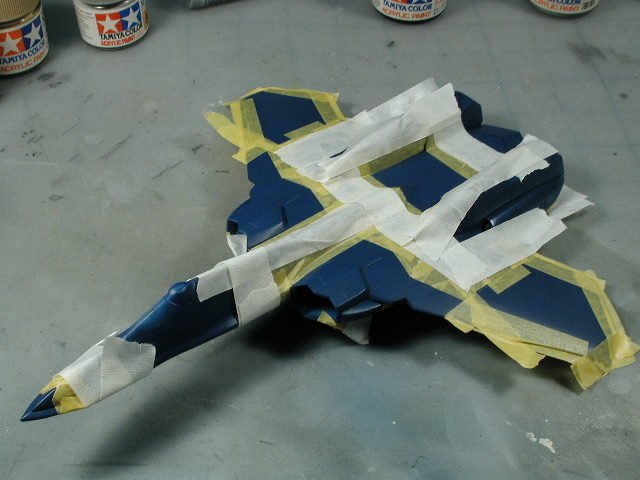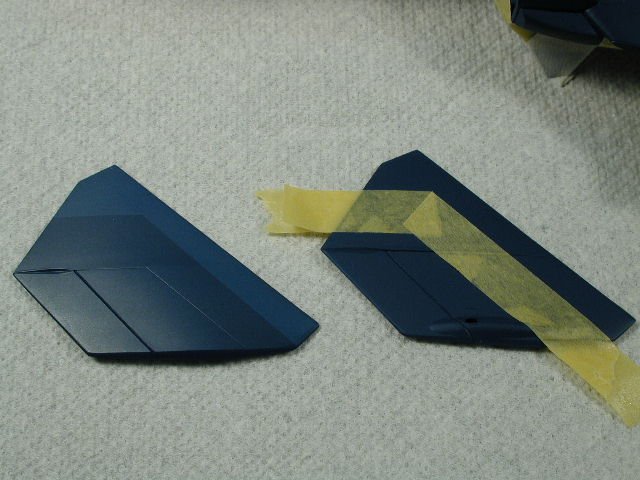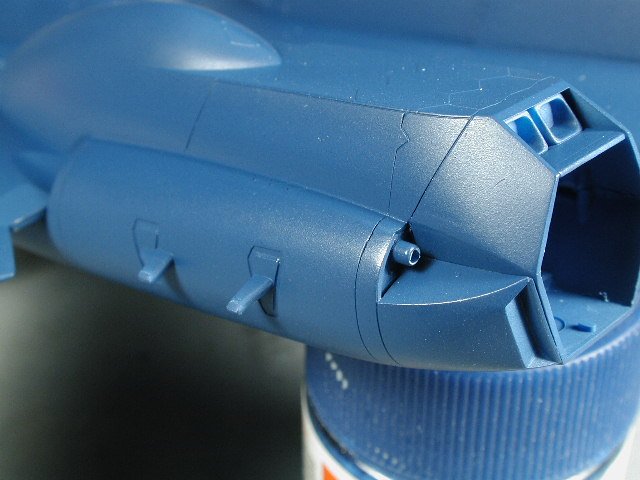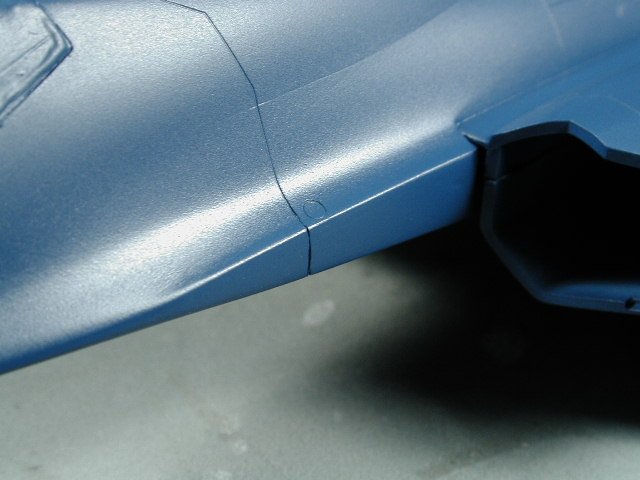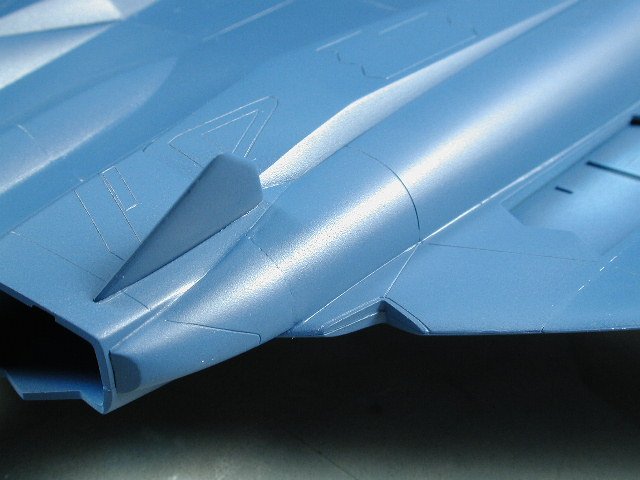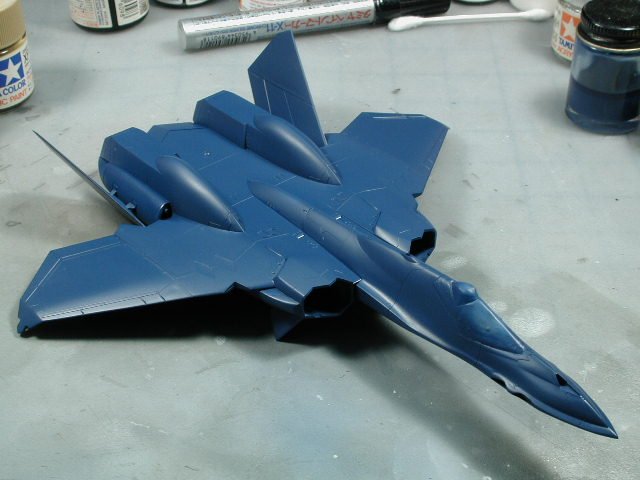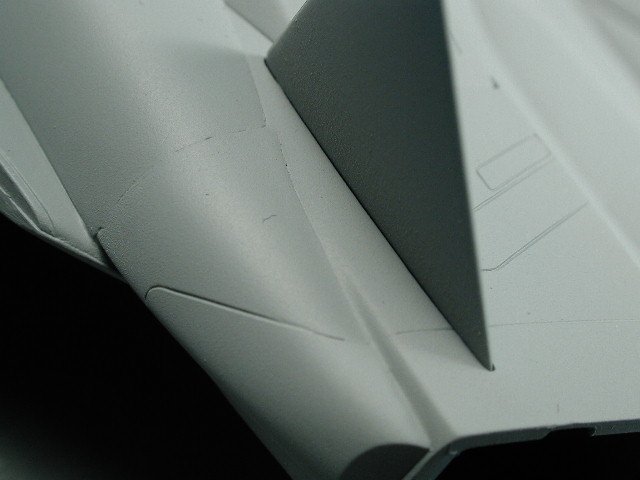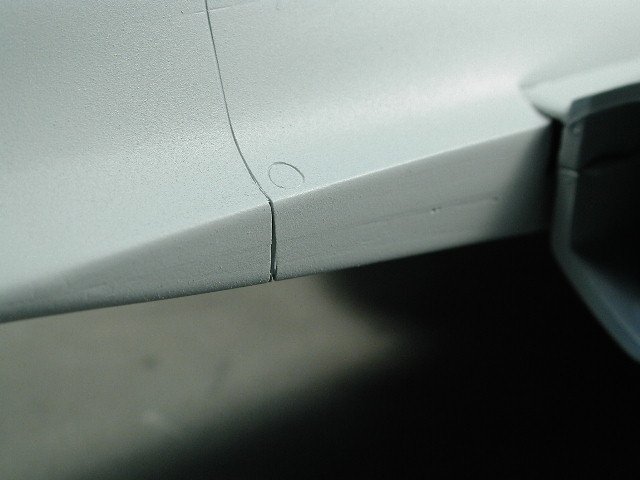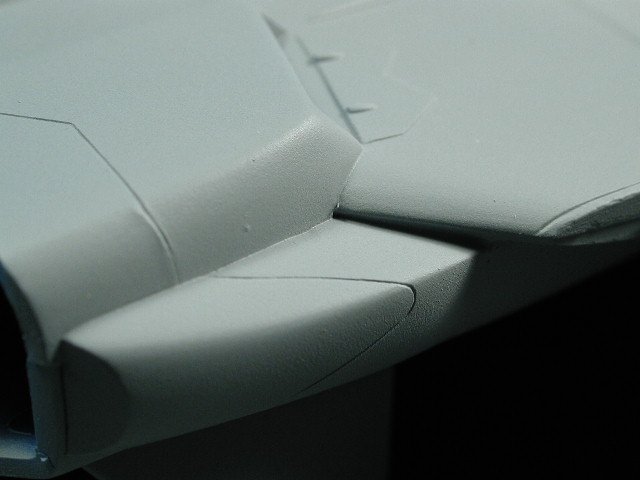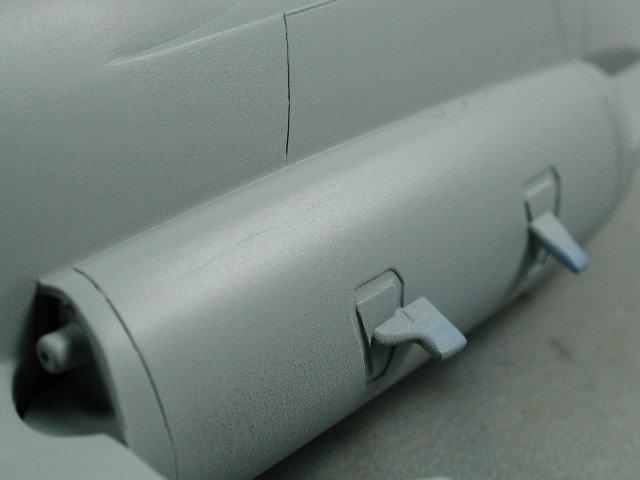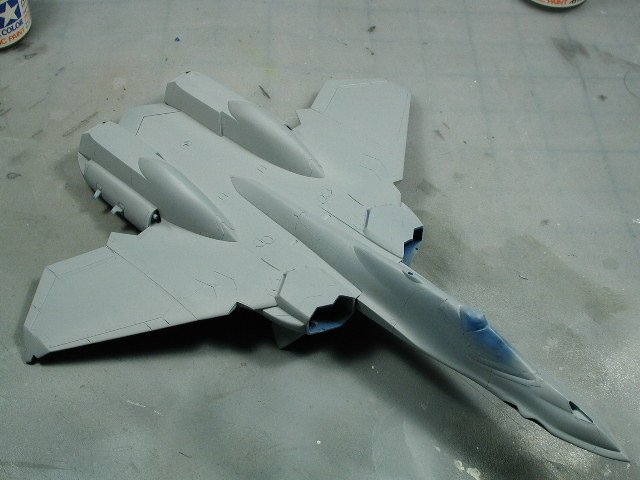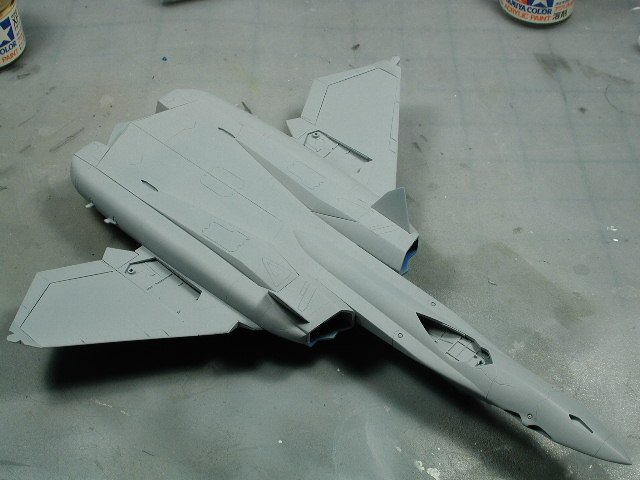-
Posts
4276 -
Joined
-
Last visited
Content Type
Profiles
Forums
Events
Gallery
Everything posted by wm cheng
-
I'm not sure, I think it was lost - it was done so long ago that I couldn't find it in the old boards, I think there was a cleaning of the old boards some time ago. If anyone has a link to it, I would really appreciate it too.
-
Hey, has anyone noticed that the Hikaru pencil sharpener is around 1/48 scale, pretty perfect to pose beside the 1/48 Yamato Valkyrie. Anyone taken him off the pencil sharpener?
-
Here, after the gloss coat, almost all the lighter weathering has dissappeared. I'll bring them back after I decal this sucker, and selectively airbrush a flat clear coat over where I want a lighter shade to show though. I need to mask off the underside white wheel wells and the little bleed intake vents above as well as the rear little thrusters above the engines.
-
-
Here's a little more life - I know the weathering is a bit heavy, but after the overall gloss coat, it will tone down substantially.
-
This top view shows off some more of the different panels. I'll give it a few hours to dry and I'll do a clear-coat to protect it before I do a little weathering post-shading. The plan is to do a black shading on the crevices, and a light grey/blue to pick out the highlights and convex surfaces.
-
Well, the 3rd shade of blue is on there - damned if I can tell Its tough getting something inbetween. What I'll do later is weather around it a bit to pick out the colour separation, and alternate the flat / semi-gloss finish at these areas - it should work out (keeping my fingers crossed).
-
-
Hmm, I think I'll do a colour inbetween the two blues tomorrow instead of a darker one. When I weather it slightly, the different shades will tie together better.
-
And still more masking... I was thinking that I will do a shade lighter and a shade darker - then with three shades, I will vary the finish from semi-gloss to flat, giving me a total of 6 shades in the end I hope.
-
-
Hey don't worry about it Capt Hungry I love reading what others have done - the more info always the better. It helped me out as to what to expect and what to avoid - I will always welcome all modellers point of view (until I am old and crotchety ). Good point Gerwalker, I hadn't intended to go the expoxy route either - I generally find that the epoxy is harder than the plastic (especially this Hasegawa plastic) and thus harder to shape without damaging the surrounding plastic. I still intend to use the lenses supplied, I find it hard to believe that after all the good engineering that Hasegawa has done, that these wing tip lights will fit so poorly. I'll come to that bridge when I have to cross it. Here's a shot of the lighter tone - I hope t doesn't dissappear when I gloss coat the entire thing in prep for decals
-
This other problem area where the bulge joints the engines is also fixed with another coat of Mr. Surfacer, I used that Tamiya Tritool scribber to restore those panel lines and I drilled out the "laser" ports. Actually I take back what I said about drilling these out after I sanded this area. I can't really reach the front laser port because the fuselage of the YF-21 is in the way or my pin vise is just too fat - so I would recommend drilling them out before hand then installing them into this bulged housing. Its off to masking for that panelled effect now.
-
Here's that crucial joint that didn't turn out so great when I primed it, but after another coat of Mr. Surfacer and sanding, then the layer of blue paint, it is pretty seamless now.
-
Here are a couple of seams that I think turned out okay after painting. I will separate a different shade at the filled break - I think its fine to have this separation, I suppose some could majorly fill it and feather it back to look like one piece, but I think the YF-21 already looks like too many big pieces IMHO.
-
I am actually really happy with the way all the seams turned out - the fill job was pretty good (if I do say so myself ). Actually, yes there are some seams, maybe more than we would expect from a top notch company like Hasegawa, but certainly less than most model companies out there (anybody ever built "Airwolf" from AMT/ERTL - I think there were more gaps than plastic in that kit, its amazing it held together ). It may seem like I filled a lot of seams, but it wasn't a big deal, I usually spend a day or two sanding all the Valkyries I have built. I was just a bit more careful on this one and outlined some of the seams because I read that other article that was suggested on the Starship modelling site. The leg seam on the VF-1 sucked too or the YF-19 for that matter. I still think that this has been the easiest Valk from Hasegawa to date - lots of big pieces However, I haven't tried to fit the wing tip lights yet nor the canopy decals - so knock on wood I wish there was more articulation on the lower surfaces.
-
Mr. Surfacer is essentially a really thick paint. I just paint/dab it on with a fine small brush (one that you don't really care about - since its not kind on your brushes - it will eventualy loose its point) in the problem areas. If its a seam, I try to push the Mr. Surfacer into the crack and fill it. Then I would sand the excess around the crack away usually with a 600 grit and maybe working my way up to 1200 before I paint. I have also put Mr. Surfacer on after I primed in the problem areas as well, here you have to be careful that when you sand, you are trying to only sand away the Mr. Surfacer and leave the surrounding primed plastic if possible (I always sand away some primer near it - so its important to get 1200 grit to feather the primer so that there aren't any ridges or steps where the primer has been sanded away). This is why a very thin coat of primer is best, I use it only to see where the mistakes/problems will be before I paint - and in some cases, bring the colour from a dark blue to a more neutral base before painting. I mixed a pleasing blue, that I feel is not too screaming blue a bit more military in tone as my base under coat. I can't even begin to tell you what ratios are in it, since I started with a little and kept adding till I got the right shade. However, I did start with a base of X4 Blue, then mixed in XF18 Medium Blue, with XF53 Neutral Grey, XF24 Dark Grey and XF1 Flat Black (but mostly X4 Blue with some flat base mixed in). All colours I use are Tamiya Acrylic Paints except for the clear coats.
-
Hey, I'm glad that I'll soon see some new modellers around here - can't wait to see your pictures. Wy don't you try your local hobby shop - Tamiya acrylic paints are pretty easy to come by around here. As to the colours, that depends on the models that you would be building first. However, I find a few colours indespensible, such as flat white, gloss white, flat black, metallic grey, gunmetal, sky grey, neutral grey, and dark grey to start off. I would also highly recommend the Tamiya thinner - it comes in a larger bottle. Its a bit expensive, but it has some addititves or flow agents that help with airbrushing. If you only use it to thin, it can last for years, mine usually last around 5 years or so. You can use the regular blue windex to clean your airbrush and accessories. Good luck.
-
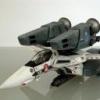
Bandai 1/850 Enterprise A photos...
wm cheng replied to wm cheng's topic in Anime or Science Fiction
WOW!! Great work - just like the CG model in the movies -
This was one of the articles problem areas, which I don't think turned out too bad. I am going to leave those hints of separation and paint it as a panel demarkation line with a little weathering it will liven an otherwise smooth plane.
-
This wing root area definitely needs more Mr. Surfacer, this should be perfect, since it is close to the front and will be in a high profile area likely to be seen quite a lot. Once again, more Mr. Surfacer and sanding to come
-
-
You can see here that problem area still has a slight blemish, I'll have to re-paint with Mr. Surfacer and re-sand this one - you also notice on the round portion the primer looks kind of like felt (extremely magnified though). I am not sure what happened, but it sometimes happens to me when I don't have the air pressure set properly for the type of paint I am using. I will generally rub this down with 1200-1500 grit sandpaper. Its annoying though - does anyone know exactly what causes this? I suspect that I am using too high a pressure and the paint is drying before it actually hits the surface - its seems to go away when I lowered the pressure. For this primer, I am spraying at 15-10psi - its that Alclad pre-mixed primer.
-
-
Thanks Gerwalker, thats an excellent reference! I'll definitely use it, although a little less weathered, it is a demonstrator after all Well here's the primer coat to see all the missed areas. At first glance its not all that bad.

